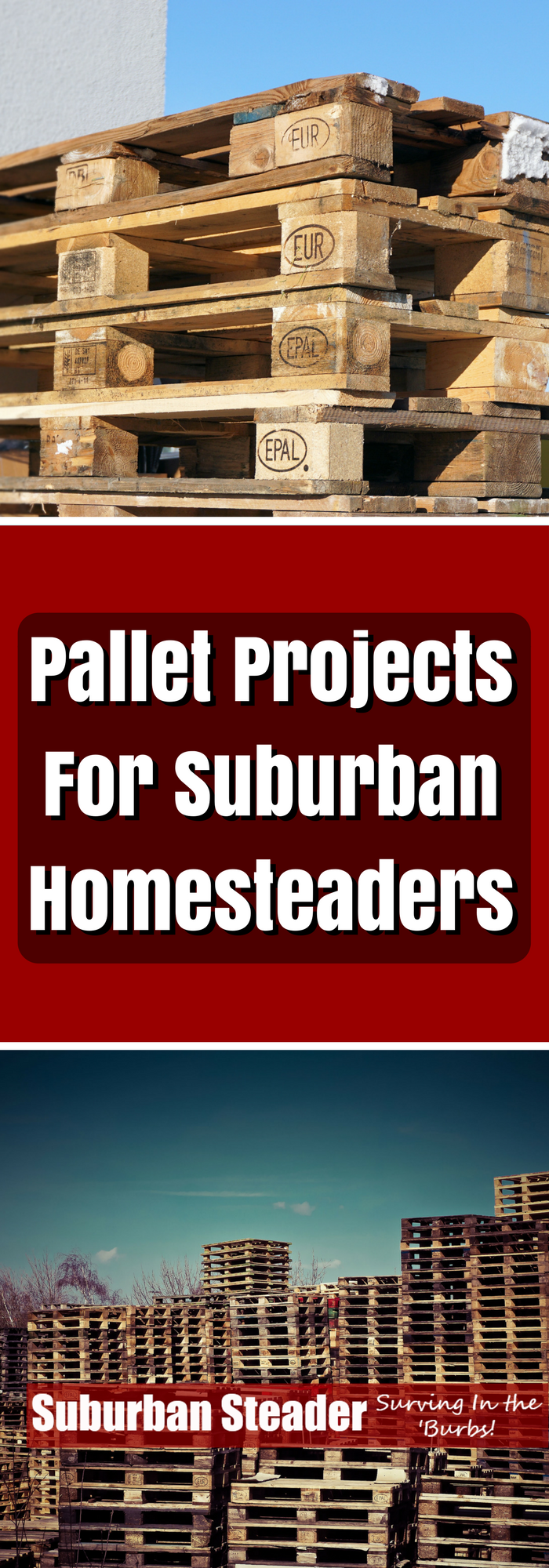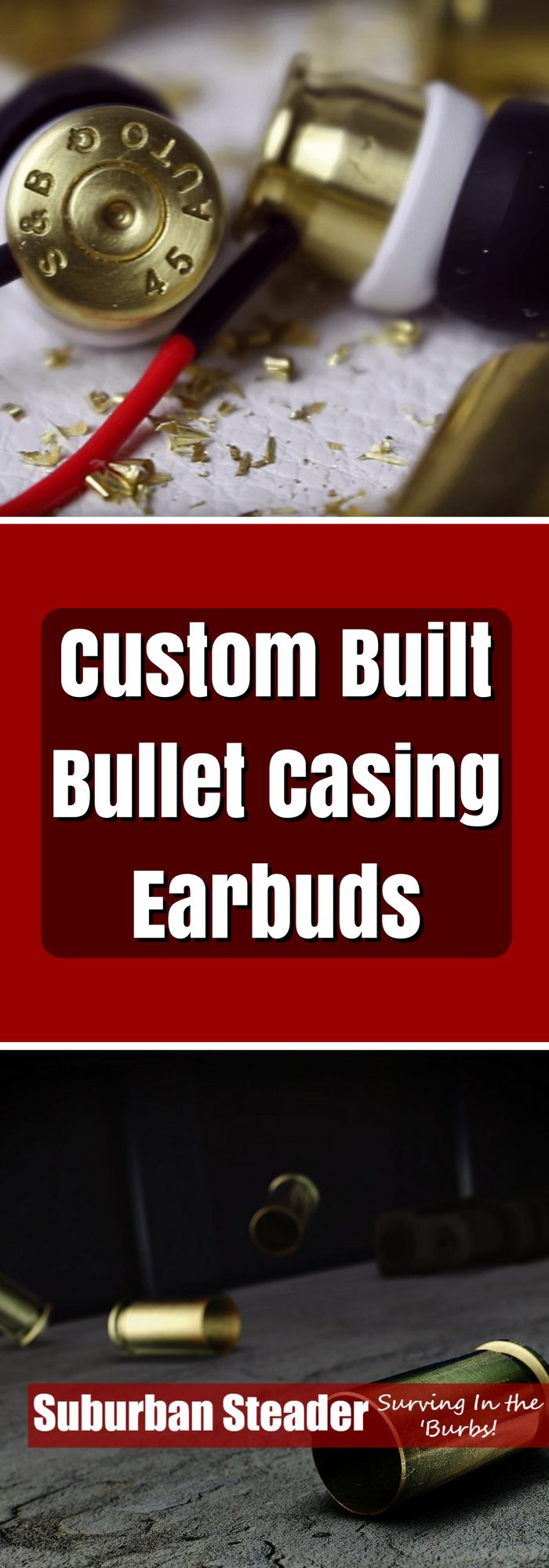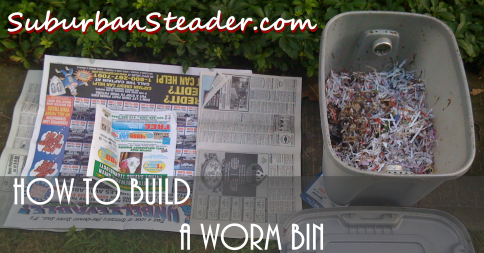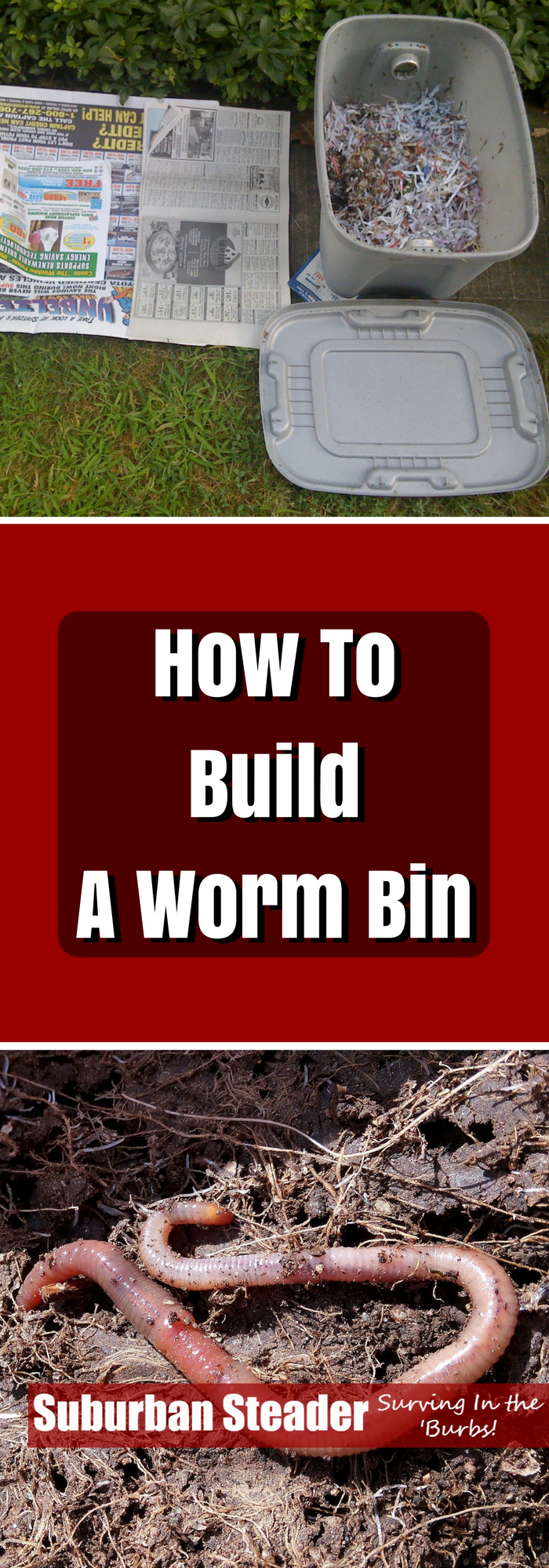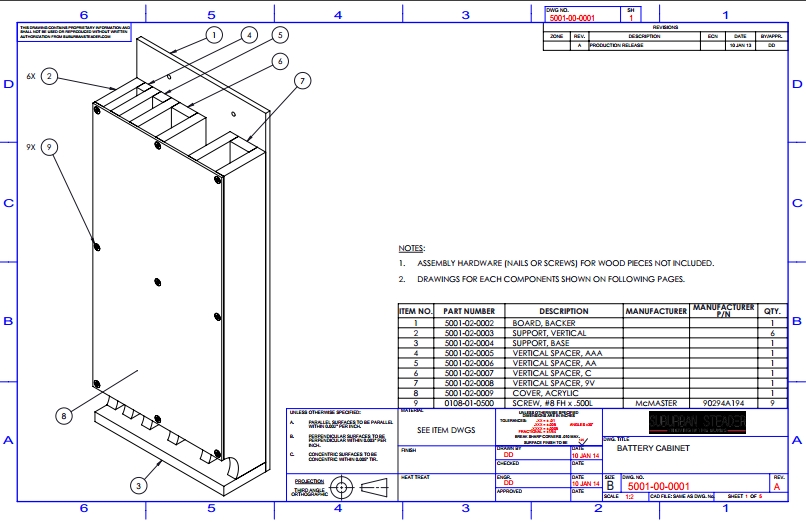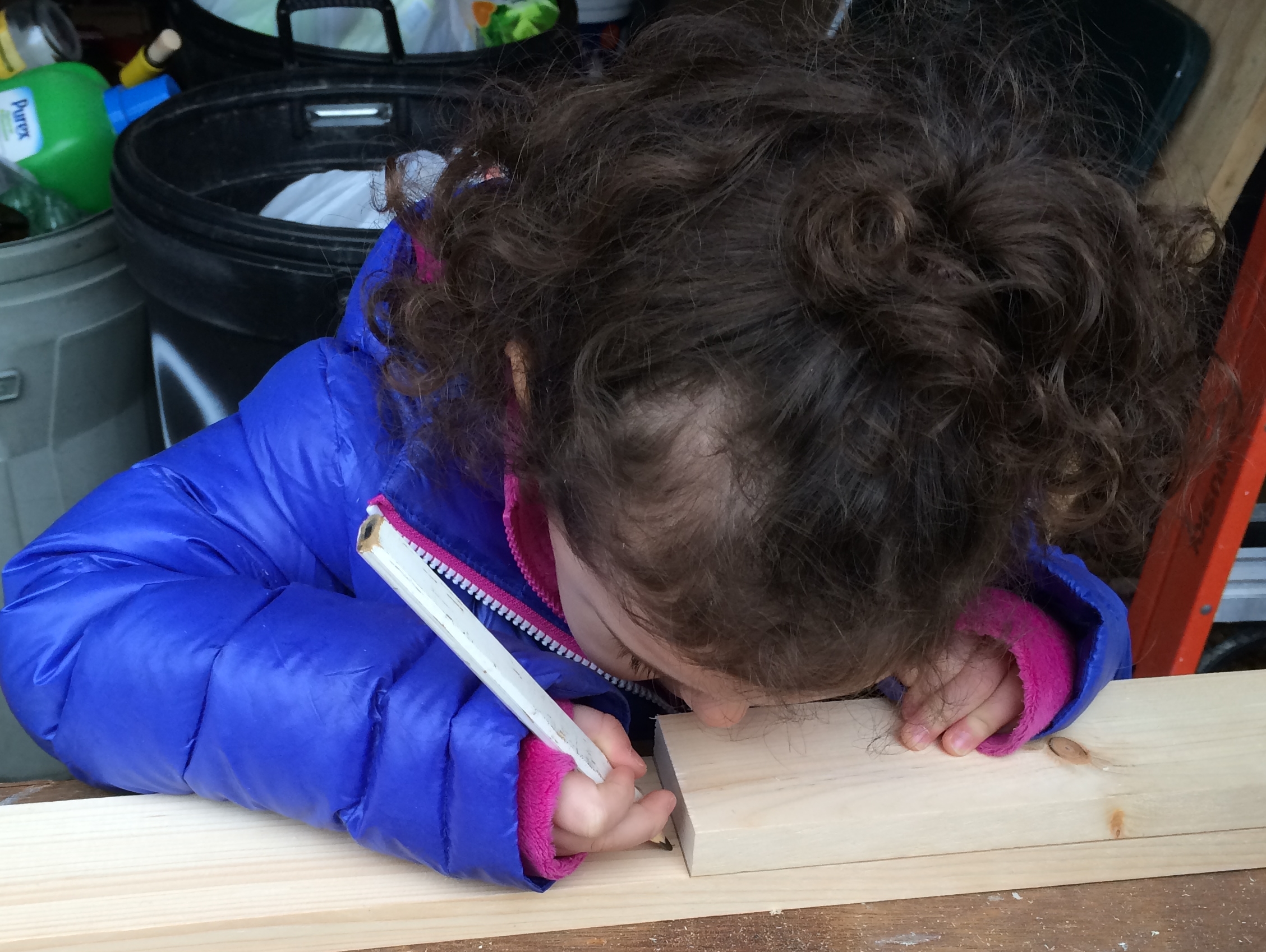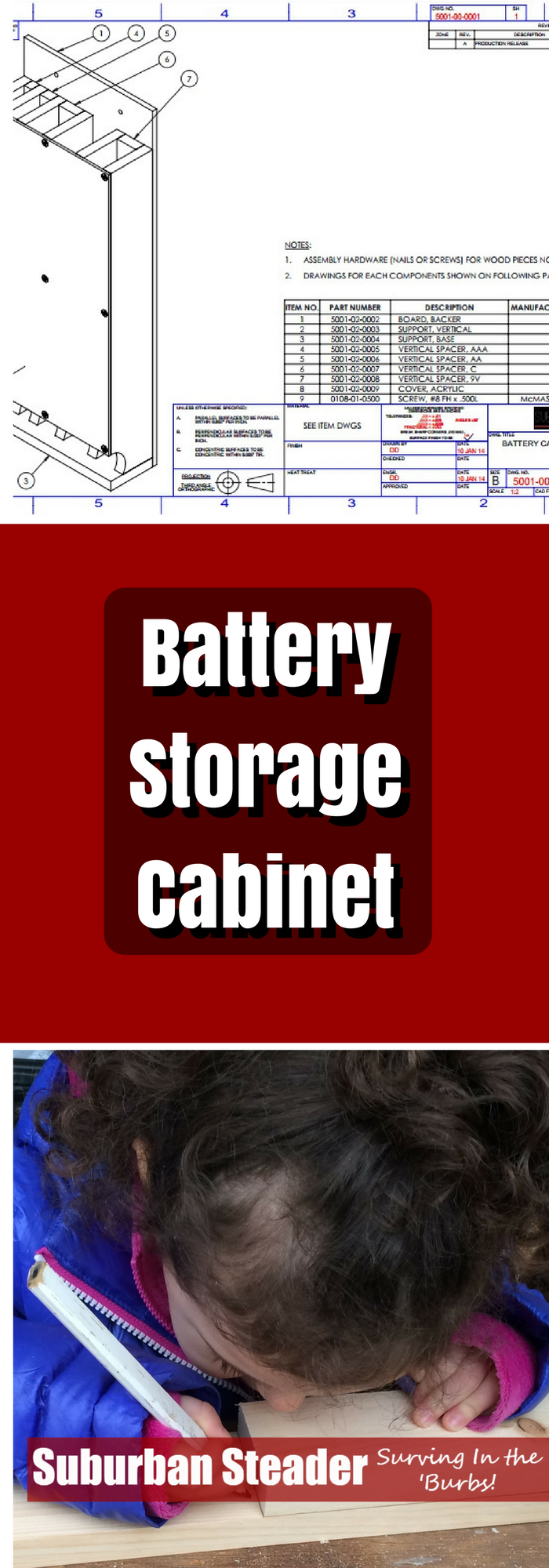Pallet Projects For Suburban Homesteaders
I recently bought a brand-new house in the suburbs of Boise, Idaho. One of the best things about the suburbs is the ease of access to places with pallets, which you can get for free or for just a few dollars. Here’s a great guide for how to pick a suitable pallet and to tell whether they are heat or chemically treated. Disassembling is quite easy, providing the raw materials for projects.
First, an important note: Be sure to clean and sanitize the wood no matter whether you have reclaimed wood in the form of a pallet, a local seller, or from your own tree. It could carry germs into your house. Cleaning will also help eliminate potential slivers. Once done and dried, you are ready to start your projects.
Pallet Projects
1. Love Seat
Although the instructions for this love seat call for plywood, pallet boards work just as well. Cut a template for the seat portion. Make sure it will be a comfortable seat by comparing the curves to a couch. Then, seal and stain the wood. Finally, glue or nail everything together. This piece goes perfect with a garden – but we’ll get to garden projects later.
2. Patio Couch
Have room on your patio for more than just a love seat? Upgrade to a full L-shaped couch. The majority of this project is cutting pieces to size to hide the fact that the base is a pallet. Add armrests and pillows, and enjoy the great outdoors.
3. Hanging Bed
Looking for the perfect place to sip lemonade and read a book on the weekend after gardening? If you have a sturdy tree, there’s nothing better than a pallet swing bed. The best part is that screwing together two pallets to make the bed and adding pallets for a backrest is half the project. Strap some rope to the four corners and hang it up. Just make sure the bed is level.
4. Headboard
Speaking of beds, a pallet headboard carries the pallet theme inside while being stylish. Once again, this is as simple as measuring how big you want the headboard, ripping the pallets apart, and nailing the pieces together. Stain or paint to your tastes.
5. Garden Planter
If you are on this site and don’t have a garden, it’s time to change that. Making your own planter from wood is already cheap and an afternoon’s leisurely work. Pallets, however, drive the cost down that much more. To give a planter the pallet look, leave gaps in between boards. As with the strawberry planter at the link, you can let bark and the plant fill in the gaps, or use planter lining. Feeling even lazier? Set a pallet upright, line the crossbars with planter lining, fill with dirt, and call it a vertical garden. Bonus points for planting edible flowers for not only practical but aesthetic purposes.

Source: Flickr user various brennemans (CC BY-SA 2.0)
6. Dog Bed Frame
Man’s best friend needs a place to sleep outside, too. A dog bed frame for a cushion and some blankets will ensure your pooch can hang around outside in comfort with you – especially if you are lounging on one of the earlier projects.
7. Shelving
Outside, pallet shelving can be used to store tools or toys. Inside, they fit nicely in a pantry, ready to hold canned goods. For inside shelves, all you need is an appropriate stain and possibly sealant, especially if the shelves will hold food. Outdoor shelves need to have weather-resistant sealant at the least, to prevent rot and damage.
8. Shed
This idea, without a doubt, is the most involved project. It’s also extremely practical and can fit some of the previous projects inside. Behold: The pallet shed. Buying all the wood for a shed would be expensive. But pallet wood is anything but costly, leaving plenty of money for cinder blocks for a base, nails and screws, mortar, shingles, hardware to mount a door, and glass for windows. The original builder made a 20’x8’ shed for about $500. A shed from Home Depot will cost double that for half the space.
Conclusion
Overall, pallet projects are fairly easy ways to get into the DIY world. A good suburban homesteading has certain skills that set him or her apart from the pack. Being able to improvise and create solutions with their own hands is one of those. These eight projects will get you moving in the right direction!
